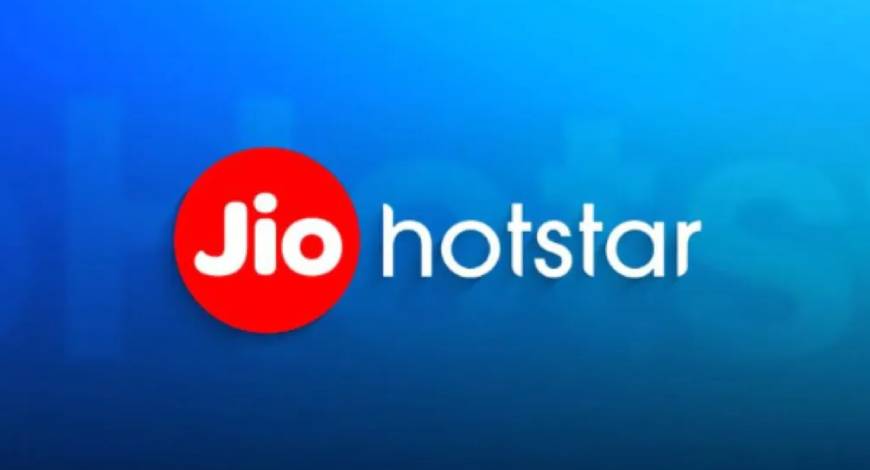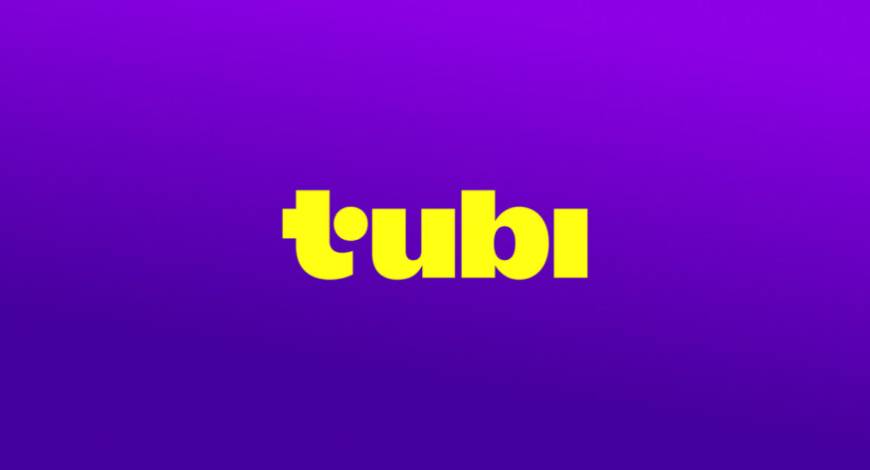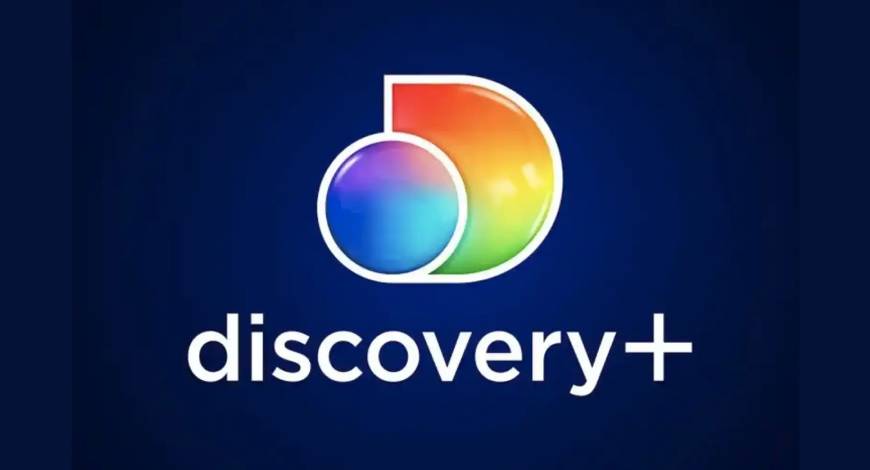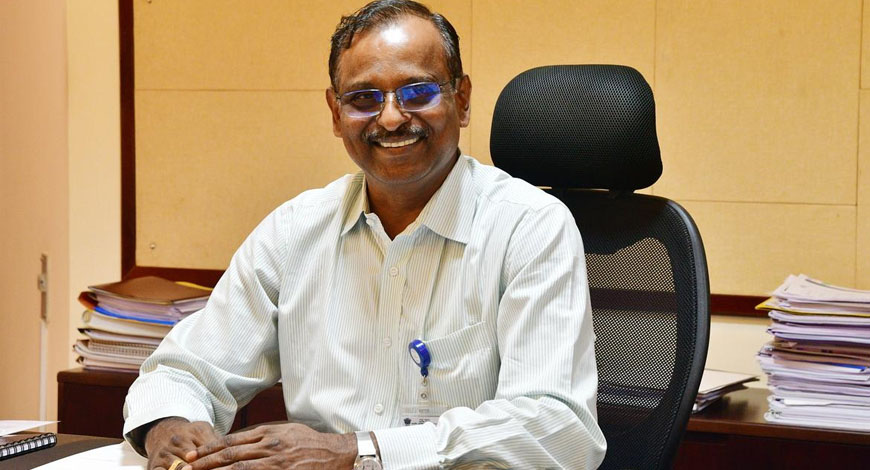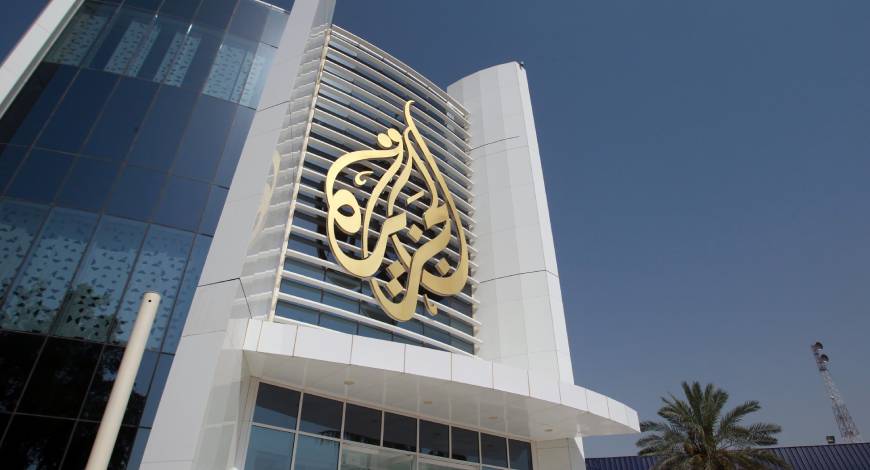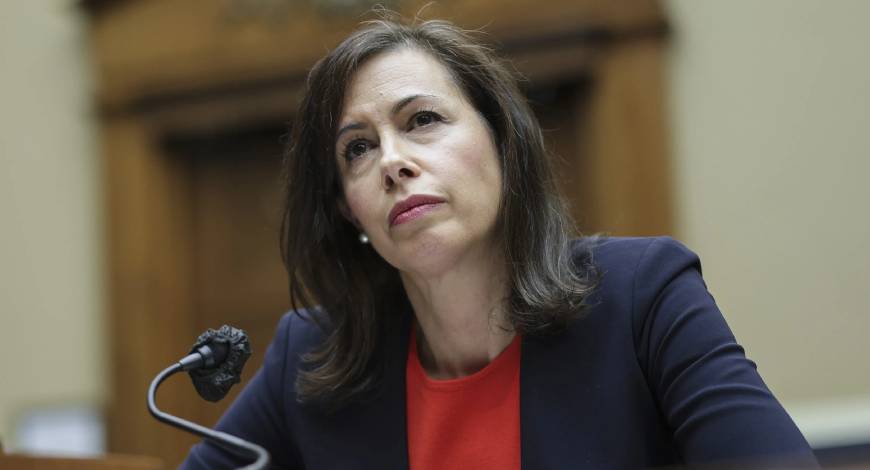Jessica Rosenworcel will be stepping down shortly. Brendan Carr will be the next Chairman of FCC.
The FCC highlighted its efforts to expand communication access in 2024, emphasizing the Affordable Connectivity Program (ACP), which was the largest broadband affordability initiative in U.S. history, connecting over 23 million households before funding expired in May. Despite this setback, the FCC introduced new measures, including allowing schools and libraries to use E-Rate funding for Wi-Fi hotspots and improving broadband access in Tribal communities. The FCC advanced its Broadband Data Collection, enhancing the National Broadband Map and restarting the 5G Fund for Rural America, with $9 billion allocated for rural areas and increased support for Alaska. Accessibility was also prioritized, mandating 100 percent hearing aid compatibility for mobile phones and improving accessibility for video conferencing services, closed captioning, and relay services for people with disabilities.
The FCC emphasized efforts to ensure the digital revolution benefits vulnerable populations. The 988 Suicide & Crisis Lifeline, with text and geographically routed calls, has tripled in usage, providing critical support. Initiatives were expanded to protect domestic violence survivors, including examining connected car services used for stalking. A new alert code for Missing and Endangered Persons now delivers emergency messages for adults, crucial for Tribal communities facing disproportionate risks. Wireless Emergency Alerts were enhanced to support over a dozen languages and American Sign Language, ensuring inclusive communication during disasters. To address the financial burden on families of incarcerated individuals, the FCC implemented the Martha Wright-Reed Act, drastically reducing costs for voice and video calls in correctional facilities.
The FCC prioritized consumer protection in 2024, targeting robocalls, robotexts, and deceptive practices. Expanded rules blocked more unwanted communications, enforced penalties for carriers failing to prevent illegal calls, simplified consent revocation, and introduced proposals to regulate AI-generated robocalls and robotexts. Caller ID authentication was strengthened, and traffic from an international gateway linked to illegal robocalls was blocked. Partnerships with 49 state Attorneys General bolstered efforts against junk calls. Transparency was improved with “all-in” pricing rules for cable and satellite providers, and reviews were initiated on service quality and data cap practices. Consumer privacy was enhanced through agreements with major wireless carriers, advancing data protection and cybersecurity.
In 2024, the FCC prioritized national security and public safety through disaster response, emergency communications, cybersecurity, and measures to address new threats like AI misuse. During hurricanes, the FCC activated its Mandatory Disaster Response initiative, aiding recovery efforts and improving outage reporting. Emergency response was enhanced with precise location-based routing for 911 calls and expedited deployment of Next Generation 911 capabilities, including video and text. Rules were adopted to provide public safety users access to the 4.9 GHz spectrum for advanced technologies like 5G.
The FCC investigated a nationwide wireless outage, issuing recommendations to prevent future incidents. It strengthened cybersecurity with a new labeling program for secure IoT devices, improved internet routing security, and a pilot program to support cybersecurity for schools and libraries. Responding to the Salt Typhoon cyberattack, the FCC coordinated with national security agencies, emphasized carriers’ obligations to secure networks, and proposed new defenses against cyber threats.
To counter the misuse of AI, the FCC fined an individual $6 million for illegal AI-generated robocalls in the New Hampshire primary and proposed requiring disclosure of AI use in political ads. The agency also updated submarine cable policies to secure international communications infrastructure and enhanced foreign sponsorship identification rules for content broadcast on public airwaves.
The FCC focused on shaping the future of technology while addressing present-day challenges, with a particular emphasis on space innovation. The newly established Space Bureau implemented frameworks for in-space servicing, assembly, and manufacturing (ISAM), advanced seamless satellite-terrestrial networks to eliminate coverage gaps, updated orbital debris rules, and modernized spectrum sharing for non-geostationary satellites. It expanded spectrum use for high-throughput satellite communications and issued a record number of licenses to support next-generation satellite services.
Beyond space, the FCC opened spectrum for broadband on planes and ships, dedicated frequencies for uncrewed drone technology, and raised the national broadband speed benchmark to 100 Mbps upload and 20 Mbps download, with a long-term goal of 1 Gbps. Internationally, the FCC engaged with stakeholders from 78 countries to share best practices and advocate policies on issues like spectrum management and satellite licensing. Domestically, the Commission won an Emmy for its innovative Broadcast Incentive Auction and credited its achievements to collaboration within the agency and with its partners. These efforts aim to build an inclusive digital future that leverages advanced technologies for all. Philanthropy News Diges
